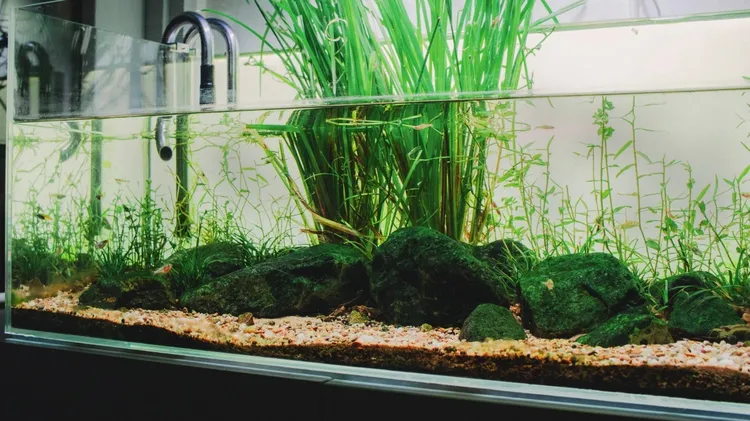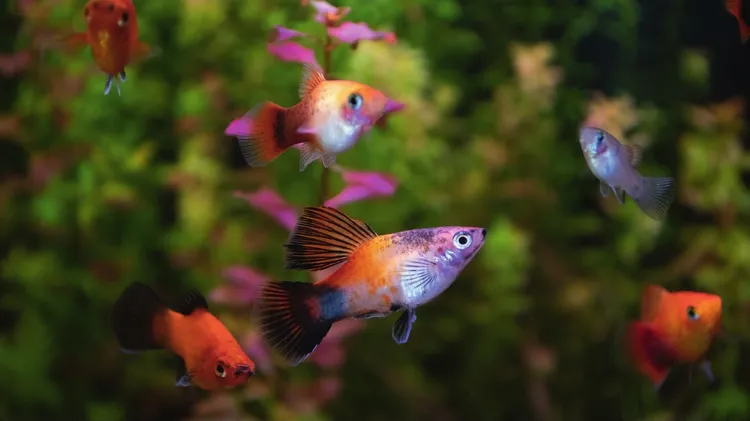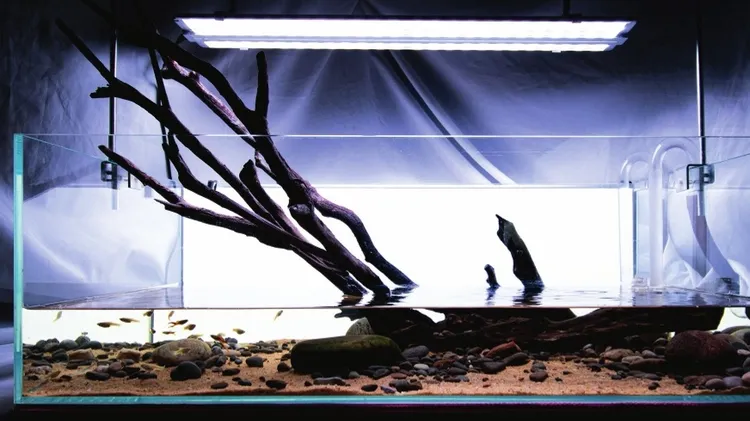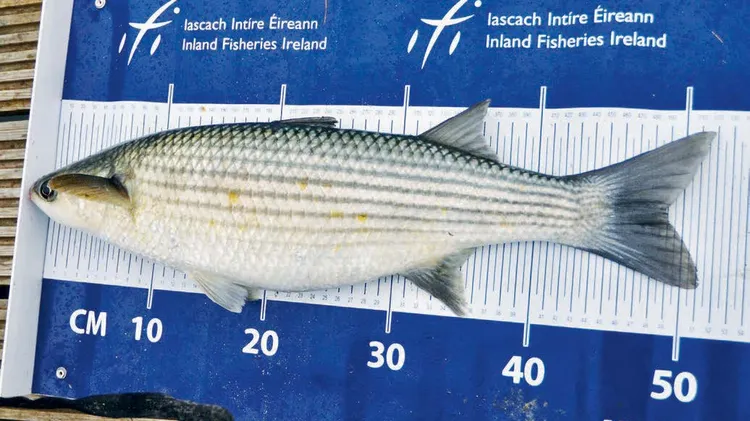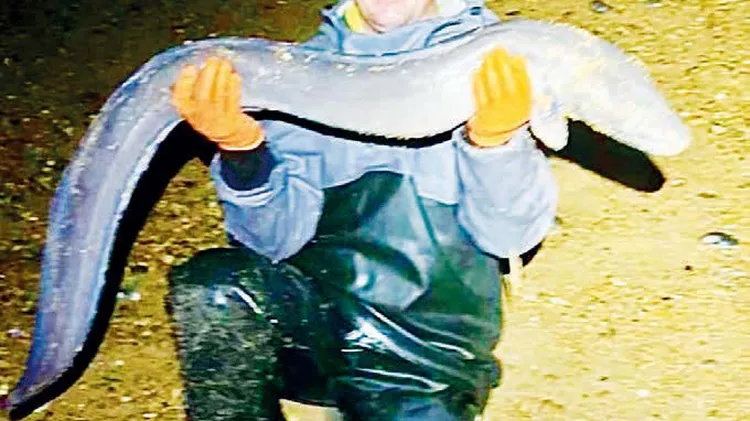Small, bright, peaceful and easy to breed. Could Oryzias woworae be the best aqua
Rice & shine
9 min read
This article is from...
Read this article and 8000+ more magazines and newspapers on Readly

